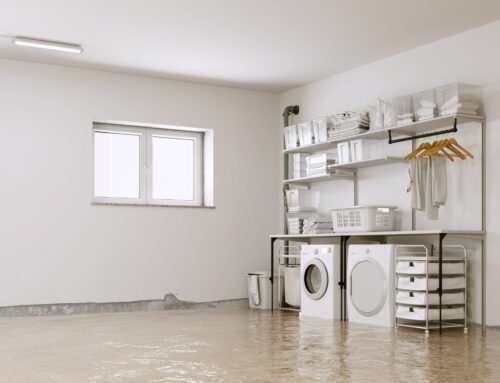During periods of extended cold weather, moisture from the living space or outside sources carried by air movement can accumulate as frost on your roof sheathing or roof trusses’ underside. You may see ice inside your attic, in or on the roof vents and on or around the soffits. The degree of frost accumulation is related to the relative humidity of the house air, air movement rate into the attic and the length of the cold spell. When the temperature rises above freezing, or the temperature rises and combined with an intensely sunny day, the frost or ice begins to melt faster than the attic’s ventilation system can exhaust the accumulated moisture — this is called attic rain.
Whether or not this results in water leakage into the living space varies with circumstances. Attics are designed to manage small amounts of moisture accumulation. Typically, when the frost or ice changes to liquid water and then to water vapour, it is absorbed into the air and is exhausted harmlessly by attic ventilation to the outside. It may be absorbed by the insulation or the framing and released slowly. It may pool on the polyethylene at the ceiling and evaporate harmlessly.
How to avoid attic rain
During long cold spells or “cold snaps,” you can reduce the amount of attic frost by managing your indoor humidity by turning down the humidifier to 20 – 25% humidity and using your ventilation fans to reduce condensation on the interior surfaces of windows in your home.
However, occasionally, the water from melting frost accumulates faster than it can evaporate out of the attic. When the ice melts, you may see a wet spot or stain on your ceiling or water leaks around a window or at the bottom of a wall — this is attic rain.
Safety first
If you think you may have attic rain, make arrangements for a home inspection. While you’re waiting, you can place containers under the leak to catch the water, dry wet areas and place tape over light switches if water has accumulated or is dripping from lighting fixtures. Do not open the attic hatch to dry the attic space as this will allow a more significant amount of humid air into the attic and exacerbate the problem. Do not disturb the ceiling in the leak’s location as doing so may reroute the water away from the area.







Connect